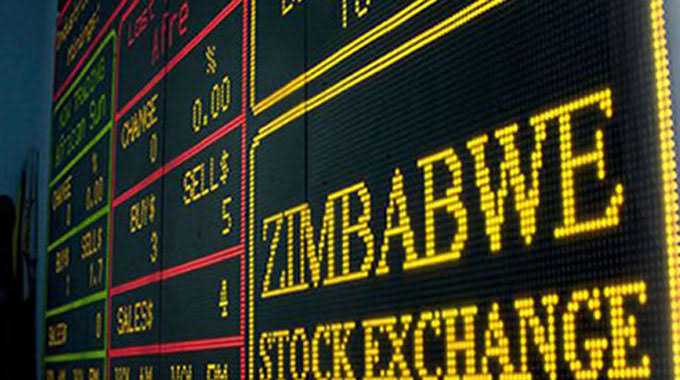
Oscar J Jeke - Zim Now Reporter
The Reserve Bank of Zimbabwe (RBZ) has sought to reassure the public and markets over a sharp rise in annual inflation under the Zimbabwe Gold (ZiG) currency, saying the increase is temporary and largely a statistical anomaly caused by last year’s currency transition.
According to a press statement issued by RBZ Governor Dr. John Mushayavanhu on Tuesday, year-on-year ZiG inflation rose from 85.7% in April 2025 to 92.1% in May 2025. However, the Bank stressed that the jump is not reflective of current inflationary pressures or pricing trends, but rather the result of a “base effect” from an extraordinary spike in inflation recorded during the early months of ZiG’s adoption.
The Bank cited a once-off shock in September 2024, when month-on-month inflation surged from 5.8% to 37.2% in October 2024, following the phasing out of the Zimbabwe dollar (ZWL) and the formal introduction of the gold-backed ZiG currency. That surge continues to distort annual inflation figures due to the 12-month comparative nature of year-on-year calculations.
Before April 2025, the Zimbabwe National Statistics Agency was unable to report year-on-year ZiG inflation because there were no comparable ZiG-denominated price levels from the same months in 2023. Only after completing a full year of data were authorities able to resume publishing annual inflation figures, hence the current volatility.
“The transition from Zimbabwe dollar (ZW$) to ZiG prices inevitably created a statistical gap,” the RBZ noted. “The current annual inflation trajectory will therefore not affect consumer purchasing power and value preservation, as the inflation impact has already been realised.”
Despite the annual figure raising concerns, the RBZ emphasized that month-on-month inflation a more immediate measure of economic stability has remained under 1% for three consecutive months. This trend signals that the broader economy is experiencing disinflation, with prices growing at a much slower pace than during the transition period.
Related Stories
As a result, the RBZ advised consumers, businesses, and analysts to focus on month-on-month metrics for a more accurate understanding of inflation dynamics, rather than the inflated annual figures distorted by last year’s volatility.
“The monthly ZiG inflation will remain low and stable as Monetary Policy remains appropriately tight to balance price stability and economic growth,” the statement read.
The RBZ projects that annual ZiG inflation will begin a downward trend starting in October 2025 when the base period of the 2024 spike drops out of the calculation. The Bank forecasts annual inflation to fall below 30% by December 2025 and to continue declining toward single-digit levels in the longer-term outlook.
This anticipated disinflation will be supported by what the RBZ describes as “prudent monetary policy management,” designed to maintain a tight grip on money supply and stabilize both the exchange rate and prices.
Dr. Mushayavanhu stressed the Bank’s commitment to sustaining macroeconomic stability through disciplined monetary policy, which he described as essential for reversing temporary inflationary trends and reinforcing market confidence in the ZiG.
“The prudent monetary policy management being pursued by the Reserve Bank will engender price, currency and exchange rate stability and continue to support the positive economic trajectory,” the Governor said.
The ZiG currency, introduced in 2024 as part of a broader effort to restore macroeconomic credibility, is backed by reserves of gold and other precious minerals. The move was intended to address chronic currency instability and hyperinflation that plagued the Zimbabwe dollar.


















Leave Comments